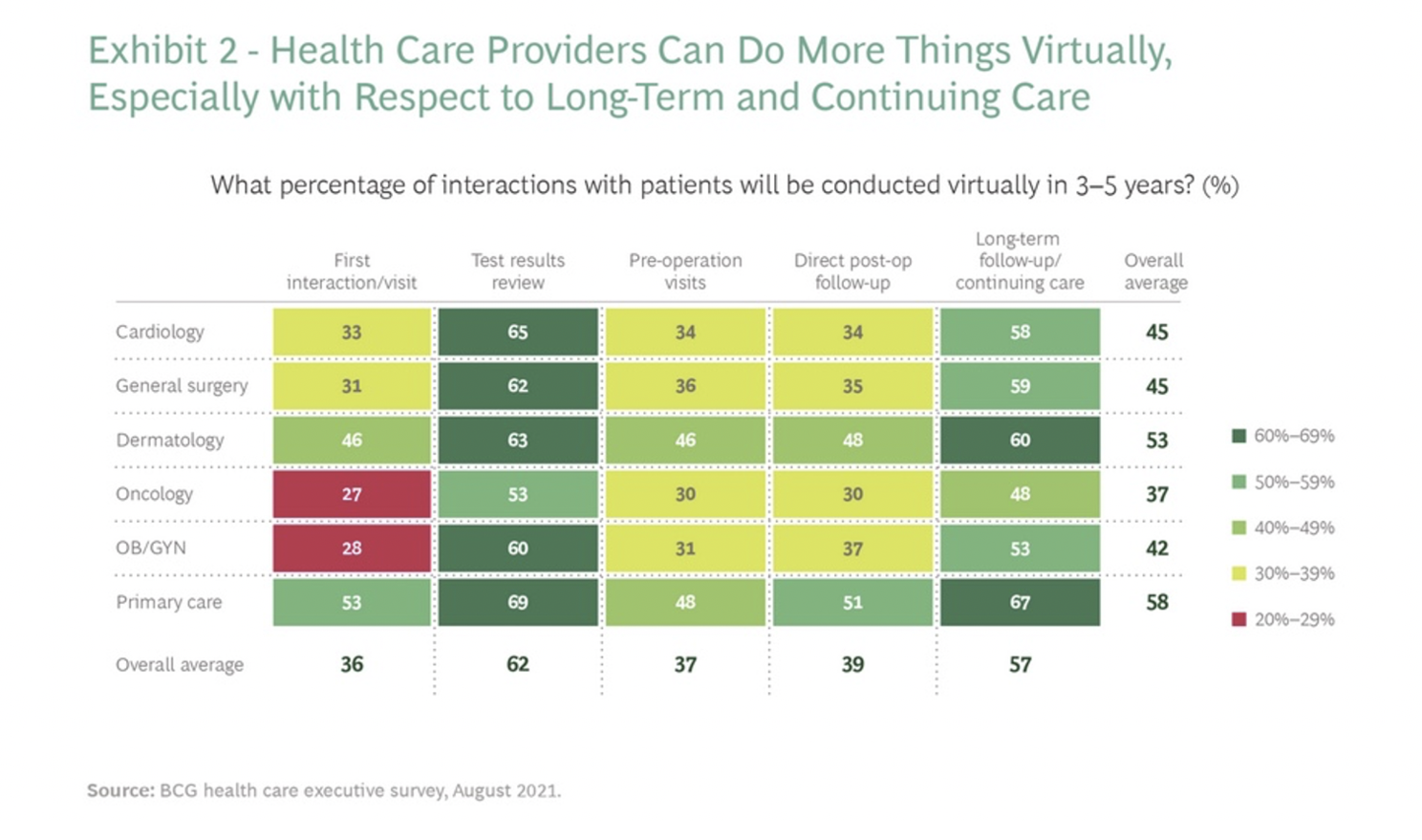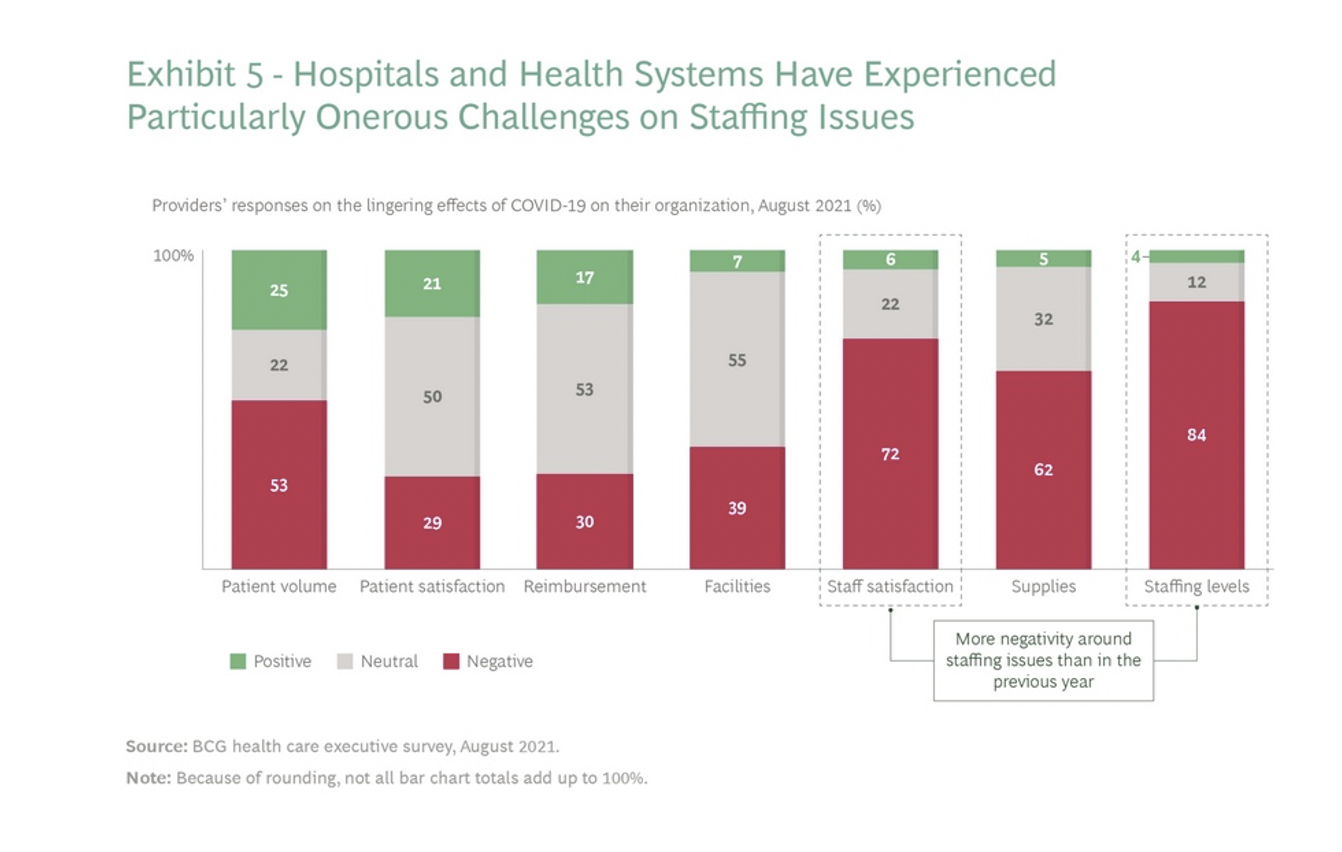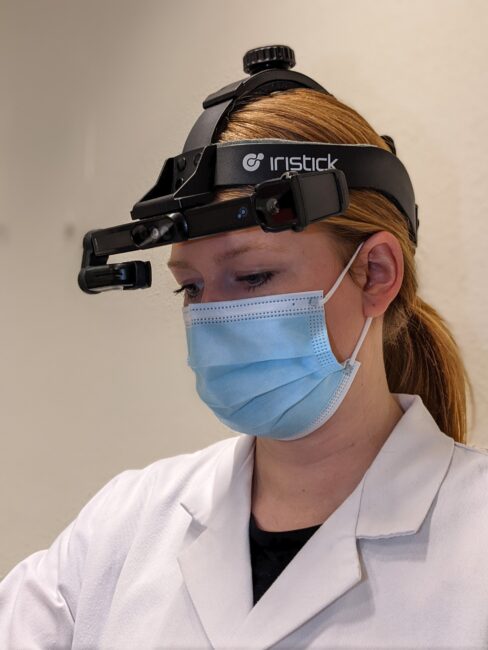The healthcare industry will be facing a number of difficult challenges in the coming years. Here are five ways in which XR and wearable technology like smart glasses can help address these issues.
The last few years - how could it be otherwise - revolved around Covid-19. For the first time in history, a health crisis has shut down the entire global economy, painfully demonstrating how inseparable healthcare and the economy have become. Now that the percentage of people who received their booster shot has increased and society is slowly reopening, it seems that this unpleasant period is finally ending. Unfortunately, the legacies of Covid-19 will shape the global and medical future for years to come.
First of all, I’d like to express my respects and gratitude for all healthcare workers. They were - and still are - under so much pressure, and the next challenges are already on the horizon. In the near term, they will face some major, additional, “collateral” issues. Think about the physical and mental exhaustion and the “backlog” of healthcare procedures that the urgency of Covid-19 created. The inability or fear of high-risk patients to consult a doctor is for example disrupting chronic disease management and delaying some critical cancer procedures.
And as if these Covid-19 related challenges weren’t big enough yet, the healthcare system remains under heavy pressure with an ageing population, rising chronic diseases and increasing cases of obesity and diabetes. This will result in a bigger demand for (tele)health services and increased procedure volumes.
“Instead of trying to go back to how things were before Covid-19, organisations will need to adapt themselves to a new reality. Those who can successfully do this will be the winners of the next decade.”
The next few years will again be challenging. Instead of trying to go back to business as usual, I believe healthcare companies will need to adapt themselves to a new normal and think about how they can (re)configure themselves to sustainably address unpredictable and large-scale health crises like Covid-19 in the future.
The way healthcare institutions adapt to the following aspects will determine who wins and loses in the next decade:
1. Infrastructure changes
The infrastructure problem of hospitals started way before Covid-19. Hospital infrastructure is worn-out and patient numbers are outgrowing the number of beds. In the future, healthcare institutions will have to:
- Maintain and develop their existing infrastructure
- Increase the cooperation with neighbouring hospitals
- Shift to outpatient settings to drive further efficiency
- Invest in digital technologies like wearable technology and smart glasses, so they can help patients remotely (see below)

2. Management style
Staffing costs are rising, while the list of hospital staff duties is increasingly composed of non-added value tasks. To stay as patient-centred as possible, hospitals must outsource certain non-added value tasks, so nurses and doctors can spend more time on patient care. Tailored added-value services like integrated logistics or education are potentially a good way of reducing or optimising the hospital staff’s workload.
3. The battle for talent
In the last two years, the way people think about their jobs has changed a lot, and that also counts for healthcare workers. The way that healthcare institutions recruit, train, retain and keep their employees satisfied will need to change in order to prevent staffing shortages.

The lack of enough talent combined with the risk of retaining talent can cause huge problems, like an increasing number of hospital-associated infections. In fact, these have increased in 2020, after declining steadily for years.
“To prevent staffing shortages, healthcare organisations will need to keep their employees satisfied by finding a new way of recruiting, training and retaining their employees.”
4. Cost structures
Just like any other business, healthcare institutions want to increase their income and decrease their costs. To do so, hospitals pass on their costs to suppliers, which leads to price and margin erosion. These suppliers will need to find ways to come with solutions rather than products, so they can help increase the efficiency of hospital services (OR, ICU, outpatient, …) in order to increase income and improve hospital’s their balance sheets.
5. The urge for digital transformation
We’re living in the digital age and Covid-19 accelerated this digital transformation even more. Telehealth usage was at its peak in 2021 and it currently remains 11 times higher than it was before the pandemic. Patients prefer to be treated away from hospitals and hospital-related sites of care. To provide this type of care, technology and remote solutions are necessary.
“If the choice would be up to the patients, they would prefer not to be treated in the hospital or hospital-related sites of care.”
Examples of these technologies can be wearables and smart glasses. Since these solutions offer Extended Reality (XR), they are ideal for telehealth, remote surgical and other clinical assistance or remote proctoring & training. Because of its many benefits, Extended Reality will be one of the key technologies in the future of healthcare. This technology will help and address some of the key challenges of the healthcare sector.
Smart glasses that use Extended Reality:
- Increase access. Extended Reality eliminates borders and makes it possible for practitioners to assist with diagnoses or use smart glasses as the vehicle for delivery of diagnostic data from thousands of miles away.
- Diminish costs and risks. MedTech companies can use it to reduce the downtime of their medical equipment, or do preventive maintenance from a distance.
- Will serve as an important (remote) learning tool. The technology can replace plastic bodies and other equipment that students currently use to learn about human anatomy. Because of the remote proctoring and remote surgical assistance options, XR can even teach students how to perform certain surgeries.
- Can be used as a tool for remote hospital and pharmacy inspections, or for logistic and warehouse management improvements.
- Most importantly, will help improve outcomes for patients! Patients too will get to benefit from the XR technology, with — for instance — doctors, technical nurses, pharma and other companies providing them with faster and better content and diagnosis about their conditions.

“XR solutions, including smart glasses, can address and help with some of the biggest challenges of the healthcare sector.”
Would you like to learn more about remote surgical support, telehealth, remote proctoring & training and digital work instruction solutions for the healthcare industry? Check out our use cases in the health sector or get in touch with our experts!